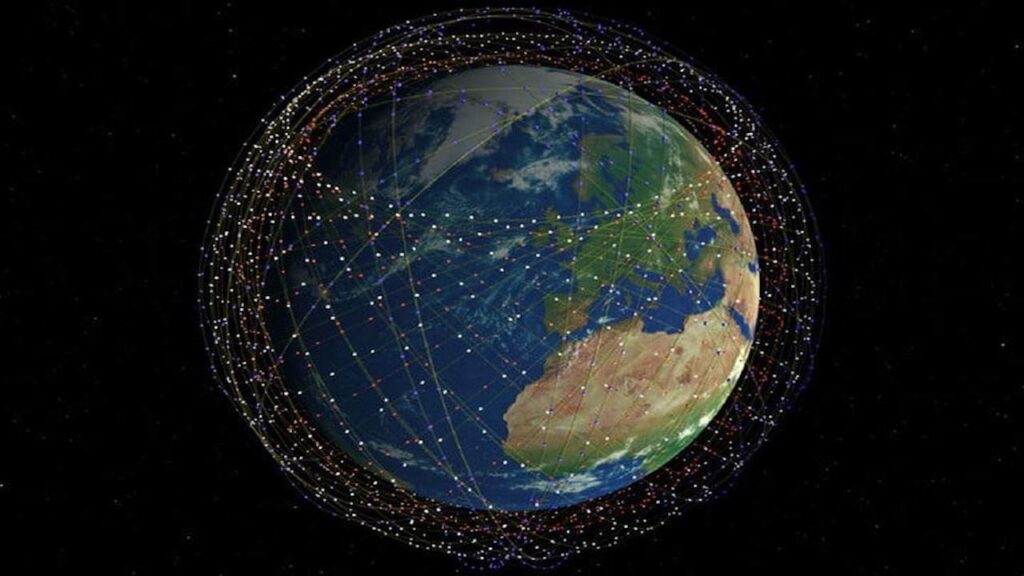Other Technology | May 9, 2023

European space technology companies have joined forces to create a satellite constellation that directly competes with Starlink (which already has more than 3,500 satellites in orbit) and the Chinese initiative Guowang, which aims to launch another 13,000 into space.
It is a double-edged sword. On one hand, there is the need to provide affordable connectivity services available anywhere on the planet, and on the other hand, there is the growing problem of space debris. One of the pioneering companies in launching satellites to provide internet services was Starlink, owned by SpaceX. Elon Musk’s company began launching satellites at a steady pace in 2019. They currently have more than 3,580 small-sized satellites (just over one meter long) in low Earth orbit (LEO). In total, almost 12,000 satellites are planned to be deployed, with a possible future expansion to 42,000.
China’s Guowang initiative plans to put a total of 13,000 satellites into orbit to provide global services, but Europe clearly does not want to hand over its communications to China or Musk’s company.
With this in mind, a group of almost all major European satellite companies announced this week that they plan to develop their own satellite constellation to provide global communications. Essentially, such a constellation would provide the European Union with LEO connectivity similar to what Starlink offers.
The proposal, which includes companies such as Airbus Defence and Space, Eutelsat, SES, and Thales Alexia Space, responds to a request for help from the European Union to build a sovereign constellation to provide secure communications for government services, including military applications.
European Commissioner Thierry Breton announced plans for this constellation, known as the Infrastructure for Resilience, Interconnectivity, and Security by Satellite, or IRIS. The European Union will contribute 2.4 billion euros, and additional contributions are expected from the European Space Agency and private investments.
The group, which also includes telecommunications giants such as Deutsche Telekom, Hispasat, OHB, Orange, Hisdesat, and Telespazio, estimates that the total cost will be around 6 billion euros and wants it to be ready to provide global coverage by 2027. How many satellites will there be? It is very difficult to determine this as numbers have not yet been discussed. But if we consider that Starlink satellites cost around half a million euros, we could be talking about 12,000 European satellites orbiting the sky (not taking into account launch costs, for example).
Both the budget and the schedule for this project are probably very ambitious, given the amount of coordination required and the unlikelihood of Europe’s Ariane 6 rocket having the additional launch capacity to put hundreds of satellites in low Earth orbit from the mid-2020s onwards, as it will not begin its missions until 2024 at the earliest.
To give an idea, SpaceX launched its first two test satellites in February 2018. From that moment, it took about four years to begin implementing global coverage in its Starlink network. But SpaceX had some significant advantages in that it had no bureaucracy (for better or for worse, decisions were made by a single person, Musk), ample funds, the willingness to spend private capital, and the world’s only high-frequency reusable rocket. And all of this is what Europe will need to overcome if it wants to compete on equal terms with China or Elon Musk.